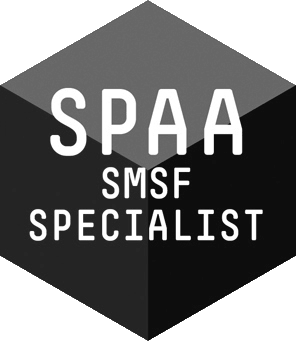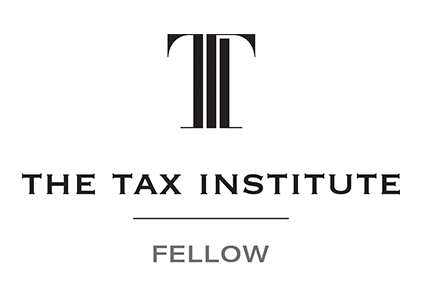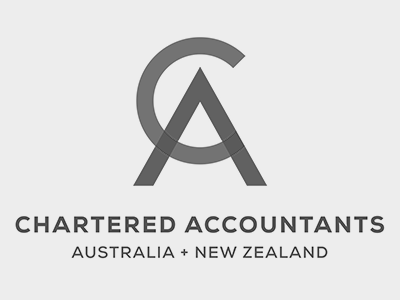
A commonly forgotten tax deduction is for subscription or membership fees to an association or union, which affects many professionals, business or trades people who will probably be members of some sort of association. See taxation ruling TR 2000/7.
Broadly, the test for deductibility under the rules is whether the payment is an outgoing that is relevant and incidental to the derivation of assessable income. And there is no requirement in the rules that the taxpayer gains income in the industry that the association represents (so the deduction is still available into retirement).
However any deduction made under that section of the tax law (s 25.55) has a down side in that the deduction is limited to only $42. It has been that amount for decades and it is not adjusted for inflation. If the retired taxpayer was a member of two associations each costing $100, the deduction would be limited to $84.
However, in the situation where the taxpayer is in receipt of a salary or contractor fees then the entire amount of the subscription will generally be available as a deduction — in most cases the membership of a trade union or professional association relevant to workers in a particular occupation would therefore qualify them to claim a deduction under s 8-1 of the regulations.
In limited circumstances, a taxpayer could also qualify for both the deduction under s 25.55 and the deduction under s 8-1 for different subscriptions. For example, a person who is qualified as an engineer but who also works as an accountant for an engineering firm might claim a $42 deduction for the membership of an engineer’s association, and claim a full deduction for membership of an accounting body.
Sometimes, in addition to periodic subscriptions, associations may charge members joining fees, special levies and other contributions, such as a fund for a special purposes (for example, a union’s campaign fighting fund). The deductibility for those fees depends on whether there is a clear and necessary nexus between the activities by which the assessable income is derived and the purpose for which the fees are made.
A joining fee is generally a once-and-for-all payment, which provides the new member with the enduring benefit of membership of the association. Its purpose is to cover the additional administration expenses associated with inducting a new member or to contribute towards the infrastructure costs met by past members. The deduction for this is still limited to $42.
On the other hand, the payment of a special levy or contribution is an allowable deduction if the purpose is clearly linked to the activities by which the assessable income is derived. For example, the payment of a bargaining agent’s fee to a union for negotiations in relation to a new enterprise agreement award with an existing employer. Taxpayers can only claim payments of levies to a strike fund where the fund is used solely to maintain or improve the contributors’ pay. Most unions and associations send members statements of the fees or subscriptions paid.
Tax Store Accountants Upper Mount Gravatt.
Tax & Super Australia: A commonly forgotten tax deduction: Association fees
Our Management Credentials





